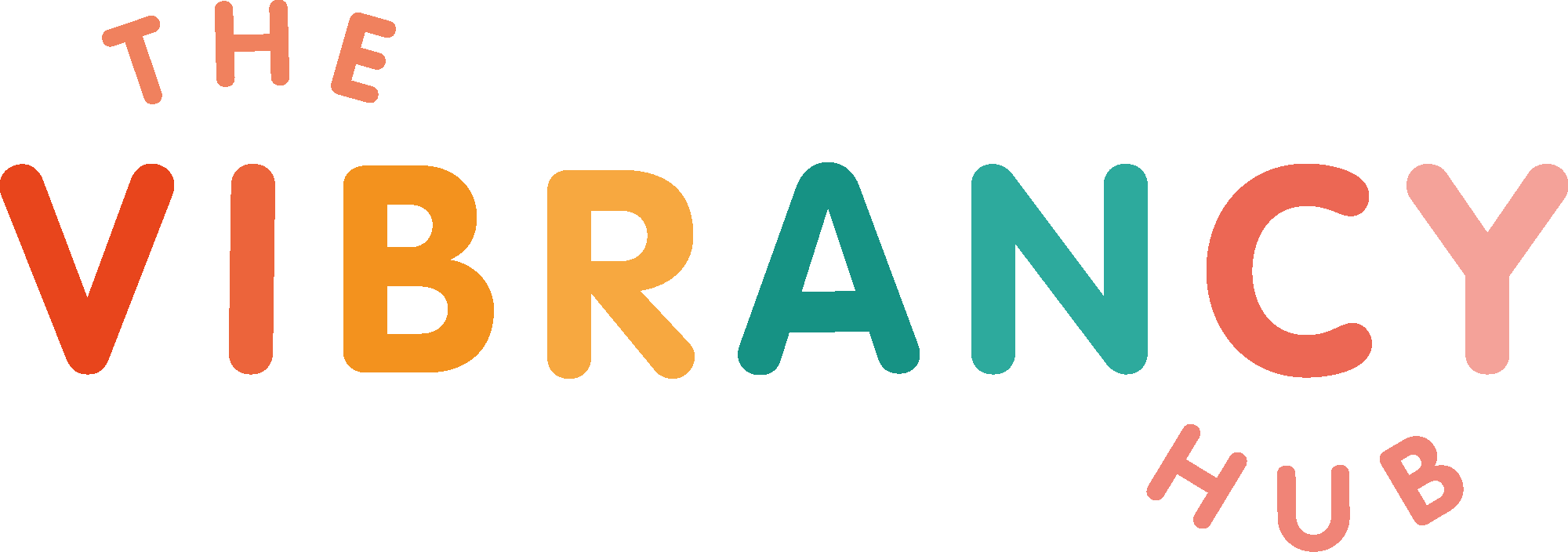How not to drown in your inbox!
When working with our business and leadership clients, we talk a lot about finding more sustainable ways of working. Moving out of hustle mode and into a more intentional work groove. In our experience, this not only leads to a more calm and enjoyable way of operating…but ironically…one that is oftentime much more productive!
Emails are one of the pesky ‘interruptions’ that can often pull us away from doing the deeper, more impactful work. We can disappear into our over flowing inbox and by the time the day is over…wonder why we STILL haven’t got round to that important project.
Consider our 7 practical tips to more effective email management…so you can get the good shit done!
#1 Turn off notifications.
Be intentional about when you are choosing to read and respond to your emails. Allowing notifications to distract you when you do not have the time or space to properly respond causes inefficiency with emails as you will need to re-visit, re-read and re-engage your brain with something you have already touched once. In our eyes…email notifications are never a helpful thing! If something is urgent, use the phone!
#2 Ring fence time each day for your emails.
The amount of time you need will be different depending on you job role, size of team and the type of work you do. Start with maybe a 30 minute slot every 90 minutes and when people start to get used to not getting an immediate response from you…you can potentially reduce this time (as guaranteed you will get fewer emails!)
#3 Create a 5 minute rule.
During your allocated ‘email time’ (FUN!), see if it works to introduce the following rule:
If an email will take less than 5 minutes to respond, reply immediately and delete. One touch.
If an email is going to take you longer to reply, decide how long you are going to need to do the work to reply to this email and block out a chunk of time later in the week when you will get round to this. If it feels good, send a holding email to the sender telling them when you will get back to them then file the email away until your diary tells you it’s time to deal with it!
#4 Communicate your new approach to your stakeholders.
You are not being a dick by not responding immediately, you are trialling out a new system so you can be more effective in the workplace and do a better job for your customers / clients. However, if people do not know that you are intentionally shifting the way you work, they might freak out! So proactively communicate your new approach to emails, why you are doing this and mitigate any concerns that may arise with this approach. e.g. please call me if something feels truly urgent.
#5 Consider an automated email response.
I use a standard sign off at the bottom of all emails as follows: “To be as productive and creative as possible I have specific inbox hours - so please be patient if you don’t receive an immediate response. I will get back to you shortly.” This manages people’s expectations and when I do respond it is thoughtful and considered so no-one actually minds at all! You could create an auto-response that aligns to your new email response system.
#6 Redefine what “URGENT” actually means.
So much of the toxic email culture that has been created comes from us believing that things are more urgent than they actually are! What does great customer service look like for you? Is it responding as fast as you can but without much care or consideration? Or is it taking a little longer to reply but with more quality and thought? We are all different and there is a balance that only you know…but do not allow your limiting beliefs to tell you that faster is always better!
#7 Stay intentional.
If you allow yourself to be pulled into operating from your inbox, you are letting other people (and generally the most persistent and annoying people) run your day for you! Choose better! You know what is most important for your impact and your organisation so prioritise this and let the emails fit in around this deeper work…not the other way around.
We’d love the hear in the comments any other methods / tips / ideas you use for managing emails.
